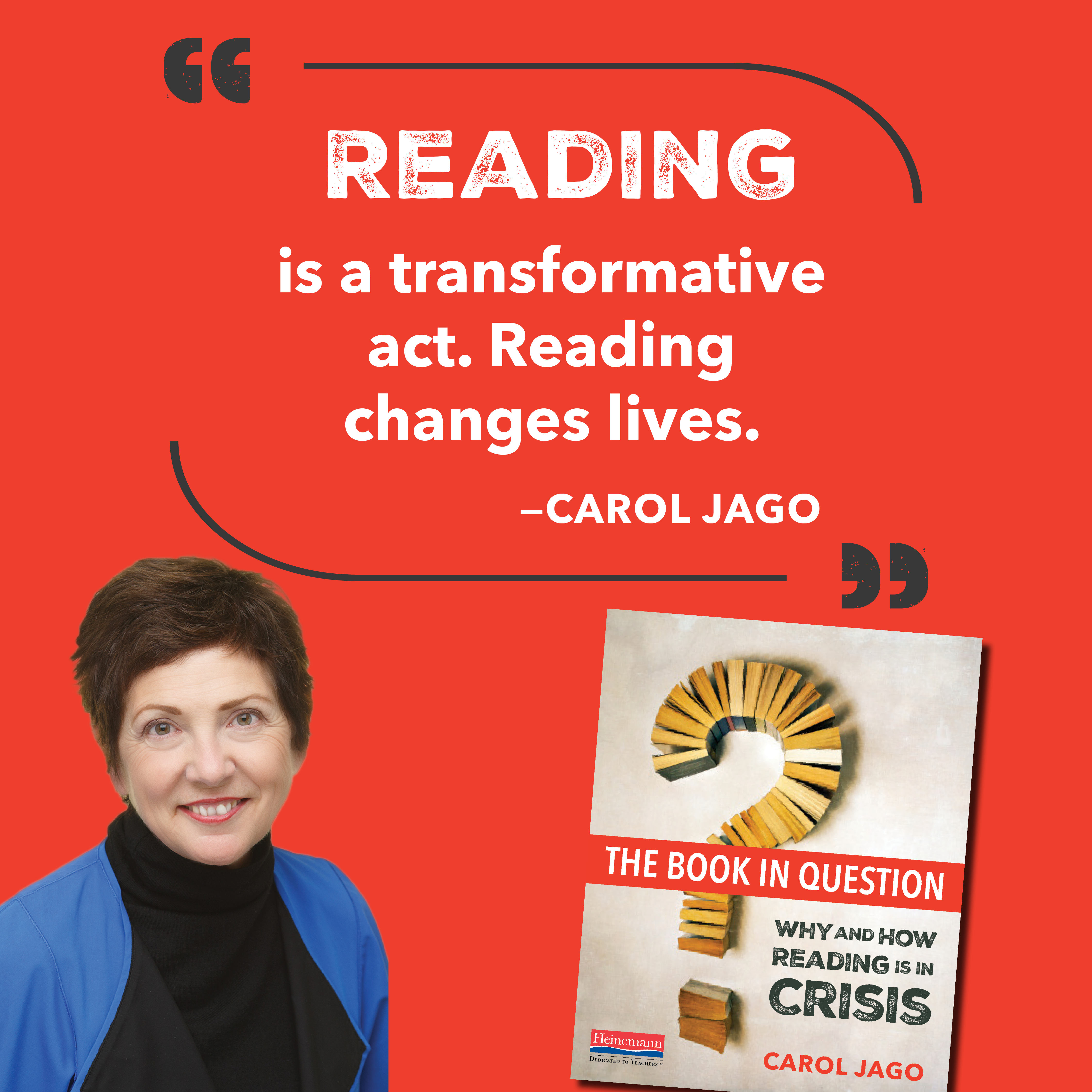
Results on reading in 2019 from the National Assessment of Educational Progress (NAEP) have turned many educators into spin-doctors. Whatever the particular remedy of choice, that is now the much overdue prescription for what ails young readers. The only thing experts seem to agree on is that something needs to be done.
Results on reading in 2019 from the National Assessment of Educational Progress (NAEP) have turned many educators into spin-doctors. Whatever the particular remedy of choice, that is now the much overdue prescription for what ails young readers. The only thing experts seem to agree on is that something needs to be done.
And who would disagree? Average 2019 NAEP reading scores were lower for both fourth-grade and eighth-grade students than scores from two years ago. Most disappointingly, students scoring in the lowest percentile group have made no progress since the assessment was first administered thirty years ago. The very children we set out most determinedly to help continue to perform far below proficiency.
To add to the bad news, U.S. reading scores from PISA (Program for International Student Assessment) expose a widening gap between fifteen-year-olds scoring at the top of the scale and those at the bottom. PISA’s findings have been echoed by ACT. The percentage of graduates meeting ACT college-readiness benchmarks in English is the lowest it has been in fifteen years. College readiness levels remain alarmingly low for students from low-income backgrounds, minorities, and first-generation college students. The great majority meet one or none of the four ACT college readiness benchmarks.
Stepping Back
Clearly, it is time to stop doing what we have always done with our middle and high school students while expecting different results. We also need to disabuse ourselves of the idea of a glorious yesterday. There have never been any “good old days” in education. Students—even before smartphones and Fortnite—have always been reluctant to do homework and have always grumbled that the assigned book was boring.
Substituting a graphic novel for a classic and then subjecting it to six weeks of annotation, multiple-choice quizzes, reading logs, and an analytical essay will change nothing. We need to take a step back and ask ourselves, “What is it that we hope to achieve?”
I believe that we have wasted huge amounts of time arguing about print versus digital reading. Students need to be competent, confident readers in both environments. After all, there will for instance, be times when the Internet is down. We need to engage students in conversations about their digital lives and make them aware of what researchers have discovered about the impact of social media on their stamina for focused attention. Experience tells us that teenagers are often resistant to top-down mandates, even when it’s in their best interest. But if we lay out the evidence for them, it’s more likely that they will come to the same conclusion on their own.
I believe, moreover, that we have been so focused on what students should know and be able to do that we have lost sight of what we want students to be—readers. While the standards movement has brought coherence, consistency, and transparency to curriculum, it has also spawned a piecemeal approach to literacy development. Posting a new standard on the board at the beginning of a lesson in no way captures the intent behind a set of standards to describe a fully literate student. The goal of every teacher should be to nurture a generation of bold readers who not only can read but, just as importantly, choose to do so.
An Action Plan for Bold Reading
So what is needed if we are to nurture today’s teenagers into a nation of bold readers?
- Easy access to an unending supply of books
- Teachers who are readers themselves
- Time to read in school, on the bus, at home, on the bench, every day
- Friends and peers who like to talk about what they are reading
- Guidance and help with choosing the next book
- Attention to one’s own reading life
Let’s put our heads together and add to this recipe for literacy. While the grumbling over test scores is certain to continue, together we can create a counter-narrative about bold reading. Civilization and the future of democracy just might depend upon it.
I believe that if we can succeed in creating classroom communities of readers and stimulating a culture of reading in every school across the country, as night follows day, reading scores will rise.
 Carol Jago has taught middle and high school for many years and is a past president of the National Council of Teachers of English. She recently served on the National Assessment Governing Board that oversees the NAEP assessment and is associate director of the California Reading and Literature Project at UCLA.
Carol Jago has taught middle and high school for many years and is a past president of the National Council of Teachers of English. She recently served on the National Assessment Governing Board that oversees the NAEP assessment and is associate director of the California Reading and Literature Project at UCLA.


